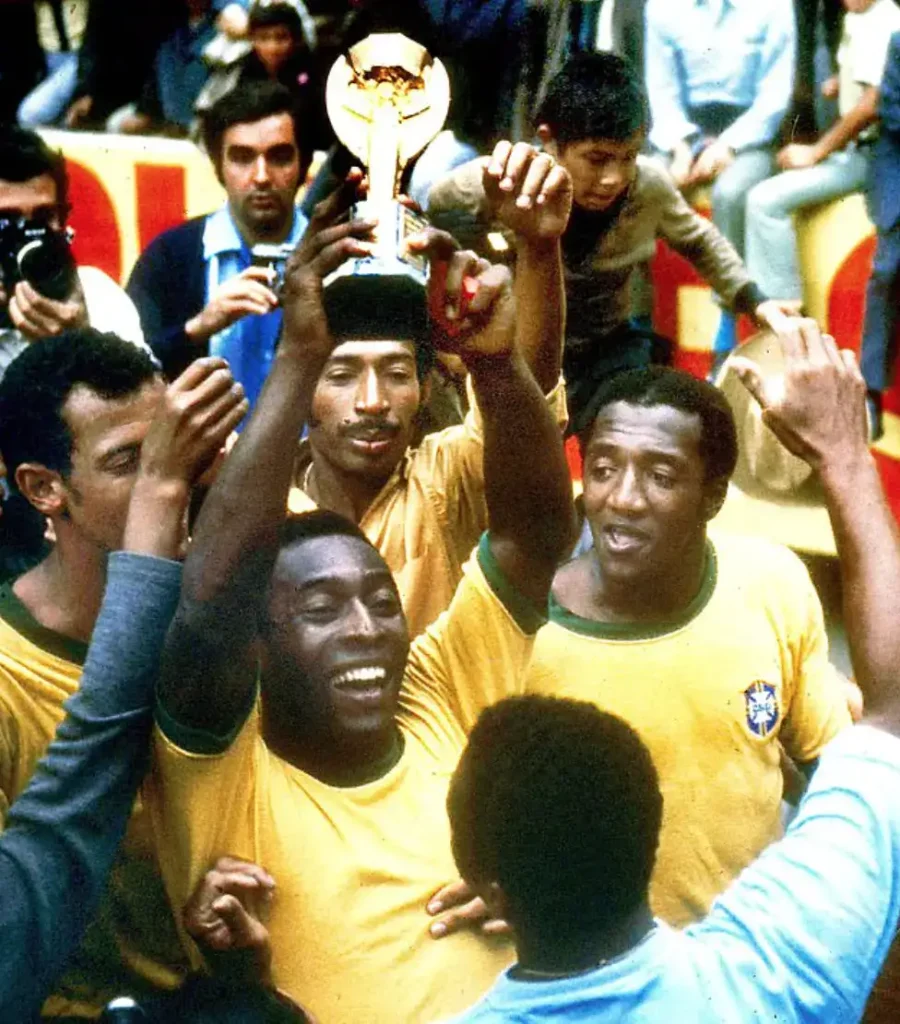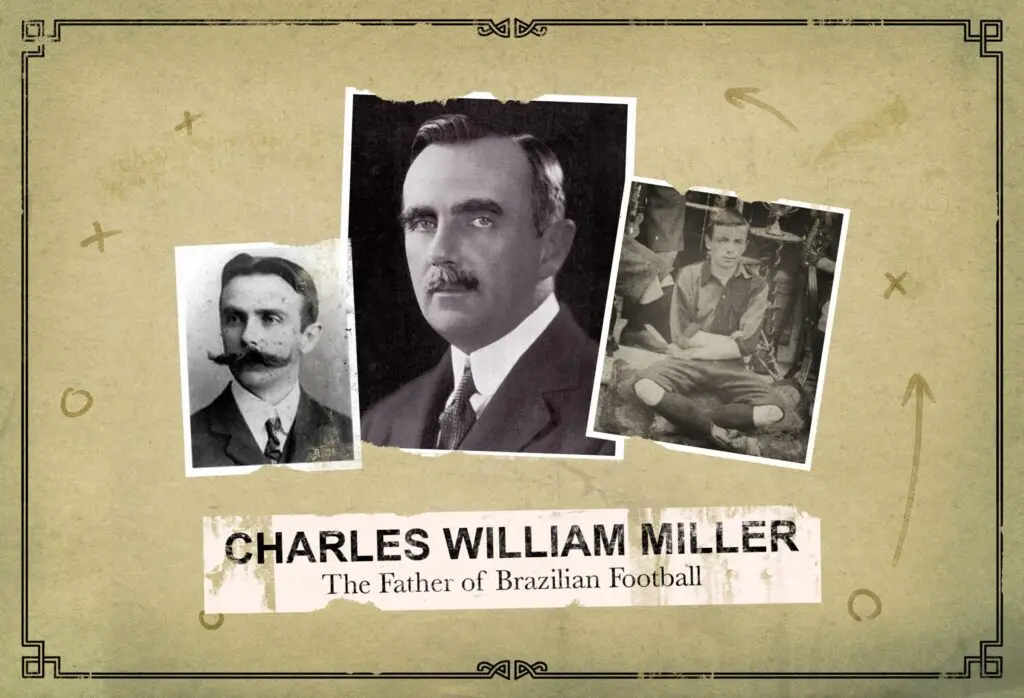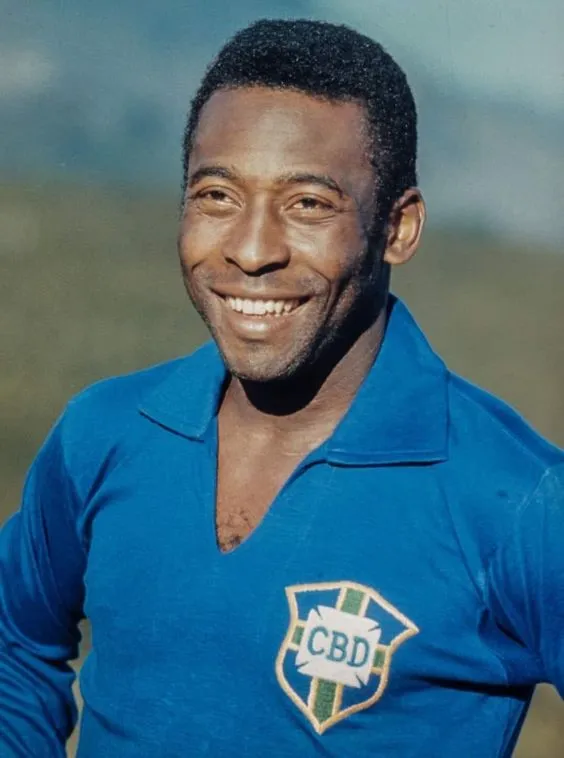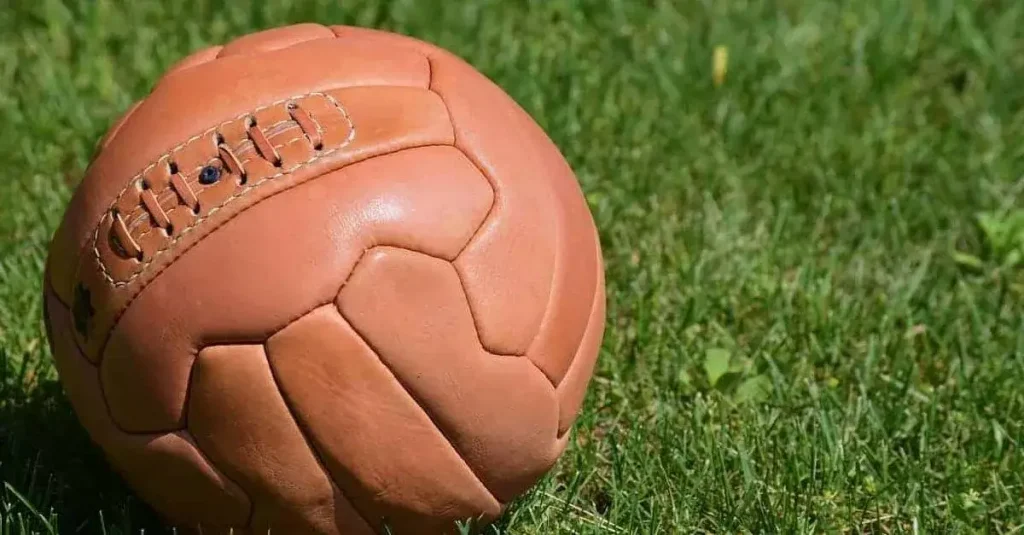Like a plethora of countries around the globe, football has managed to consume itself in the respective cultures; and the story of Brazil, home to just over 200 million human beings, is no different.
The Beautiful Game has become an integral part of Brazil’s identity, with many of the sport’s greatest players deriving from the South America-based country, notably Ronaldinho, Ronaldo Nazario, Kaka and that’s before you get to the old boys. The legendary Pele, the angelic Garrincha and the innovative Zico all set a precedent for the rest to follow. I mean, that’s an esteemed list of talent if I’ve ever seen one and that’s just the tip of the iceberg.
Their undying craze for football is hardly a secret, but the question to be answered is: how did it all begin?
The man who brought soccer to Brazil: Charles William Miller
It all came about way, way back in 1894. But – believe it or not – 129 years into their association, the love has never been lost. If anything, it has transcended to new heights. Lauded as the ‘Father of Football’, it was a man named Charles William Miller who dared to spark the country’s love affair for the global spectacle of football.
Charles was a Sao Paulo-born male of Scottish descent. His father John was a Scottish railway engineer who fell deeply in love with his Brazilian mother of English descent, Carlota Fox. But it was during his time in Southampton, England – a city in which he attended boarding school – where he learned how to play football. Not only did he learn to play, but he found a vision. A vision that would change millions of lives of those that reside in the beautiful country of Brazil.
With a football in one hand, a pump in the other, and the comprehensive Hampshire FA football regulations in his suitcase, Charles returned to his beloved city of Sao Paulo to share his wisdom. He taught the masses, but Miller’s holistic view of the sport was to enhance Brazil to the European gold standard and championed the social hierarchy within the upper echelons of football, meaning racial exclusivity was prevalent in its early introductory years in Brazil. White males who had social and economic privileges were typically favoured as it was viewed to function as an integral part of living among those in urban upper classes.
Aged 78, Miller sadly passed in 1953. But the forever grateful people of Brazil ensure his legacy prevails.
Sao Paulo Athletic Club
1888 was a special year in Brazil and football’s ever-flourishing story. Sao Paulo Athletic Club was formed; and it may come as little surprise that a young Miller was at the heart of setting up Brazil’s first ever team.
Charles began to dream bigger and better as he strived to bring people together, enriching them with knowledge as he went along. Instead of the informal games they had enjoyed since Miller’s introduced the rules of the game, he decided to create a more serious competition: the LIGA Paulista, the first football league in the country. With Miller leading the line, Sao Paulo Athletic Club won the first three championships from 1902-04, but it was more than just winning titles for the young, hungry marksman.
The side had to wait seven years for its next taste of glory in 1911 as they concluded the season with a 2-0 win vs SC Germania. While things were looking up, it was at the back end of 1912 that their final game as a footballing outfit was played. Football resorted to its root at the club as Brazilians were still able to play recreationally, while more resource and effort was put into varying other sports. Rugby became the main one.
The early years of the 1900s were imperative, the wave of football began to spread from its birthplace Sao Paulo and trickled into every nook and cranny in Brazil, and soon the whole country was captivated. Gripped by football fever.
The Creation of the Brazilian Football
It consists of flair. It requires quick, nimble feet. It’s aesthetically pleasing. Brazil really has created its own sub-genre of football; ‘Joga Bonito’, ‘samba soccer’ – whatever you call it, it’s a pleasure to watch. It is also known as ‘ginga’ which translate directly into ‘swing’ or ‘sway’ in English. The way the Brazilian’s run looks like a sway – like they are are unbalanced but in reality, they are always in control.
Ginga does not just trickle into football, it is purely a way of life in Brazil.
It’s how they talk, how they walk, it’s part of their everyday proceedings and it has just made a natural progression into sport. Football wise, the recognisable style is reliant upon a player’s agility and how well a player can ‘sway’ whilst running with the ball. See, we always come back to players ‘swaying’ – it’s common for Brazilians.
Ronaldinho is probably the best example to use. His subtle moves which only he knew was coming, the no-look passes, the waltzing around players, the juggling the ball on your feet and thighs through a barrage of opposing players. The list of possibilities were and still are endless, but its effortlessness nature is what makes it so special to watch. The Selecao (Brazil’s national team) are renowned for playing this unconventional style, but it’s distinctive. And it’s fun. Being able to dribble is a necessity and is heavily influenced by widespread aspects of the Brazilian culture, including samba dancing.
Former head coach Dunga had a different philosophy, however, but he was heavily criticised for his blueprint. Boring, it was. Too pragmatic and it lacked freedom – an attribute that the Brazilian national team embodied for years. Brazil’s disappointment and heartbreak at the 2010 World Cup called for Dunga to get fired, which he rightfully did. Fast forward 13 years, Brazil’s fortunes are led by former Barcelona prodigy Neymar, and the likes of Antony, Lucas Paqueta, Vinicius Jr, and Gabriel Martinelli are injecting their life and culture when they grace the football pitch and don the famous yellow and green of Brazil.
The Brazilian Football Confederation (CBF)
Originally founded in 1914, the Brazilian Football Confederation, commonly known as the CBF, is the national governing body (NGB) of football in Brazil. In layman’s terms, it is Brazil’s answer to the Football Association in England or the United States Soccer Federation in the United States. Based in the vibrant city of Rio de Janeiro, they became affiliated with CONMEBOL, which is the continental governing body of football in South America, in 1916 and then with FIFA just seven years later in 1923.
What some may not be aware of is that it was originally named as Federacao Brasileira de Sports. Just a mere two years later and the Board decided to be renamed Confederacao Brasileira de Desportes and it began its journey as an NGB for an array of sports, including but not exclusive to: tennis, handball, swimming and waterpolo.
Currently serving as President is Ednaldo Rodrigues Gomes, who is also an accountant, politician and sports executive, but the 69-year-old has been heavily involved as a member of the Board for quite some time now. Between 2018 and 2021, he was elected Vice President of the CBF, moved up to become interim President in between 2021 and 2022 and his role became permanent on March 23, 2022.
Pele and the Brazil era of World Cup success
Even the average Joe has heard of Pele – he’s a household name after all. The late forward was widely regarded as one of the greatest players of all time and, during his playing career, often took the crown for one of most successful and popular sports figures around.
He spent most of his career at Brazilian outfit Santos, who have gone on to produce the some of the country’s brightest stars, notably Neymar and Real Madrid winger Rodrygo. Recognised as a Guinness World Record, he scored 1,270 goals in 1,363 games: an obvious mind-boggling feat. Though, there is speculation whether his alleged goalscoring record is bona fide or not. Goalscoring or not goalscoring aside, there’s no doubting the influence the striker had on the game in his native country, and more notably, the World Cup.
Brazil and the World Cup go hand in hand. Every four years, the Brazilians set the streets alight as they come out in their masses to show their support. And why wouldn’t they? A time to forget about all the negativity in the world by embracing what your country is head and shoulders above the rest at. And that’s being simply unique.
Though football was effectively brought to Brazil by Britain, the fortunes have been flipped. Brazil, throughout the years, have been an untouchable asset, boasted the greatest players and have an all-time best five World Cup honours to attest to their footballing brilliance.
It has, however, been two decades since they last brought home World Cup glory. Their golden age between 1958-1970 – a period where they were triumphant on three separate occasions – came to a close following their loss in the 1982 World Cup.
“The dream has ended, and it’s a shame, because it was a beautiful dream.” A New York Times article wrote.







